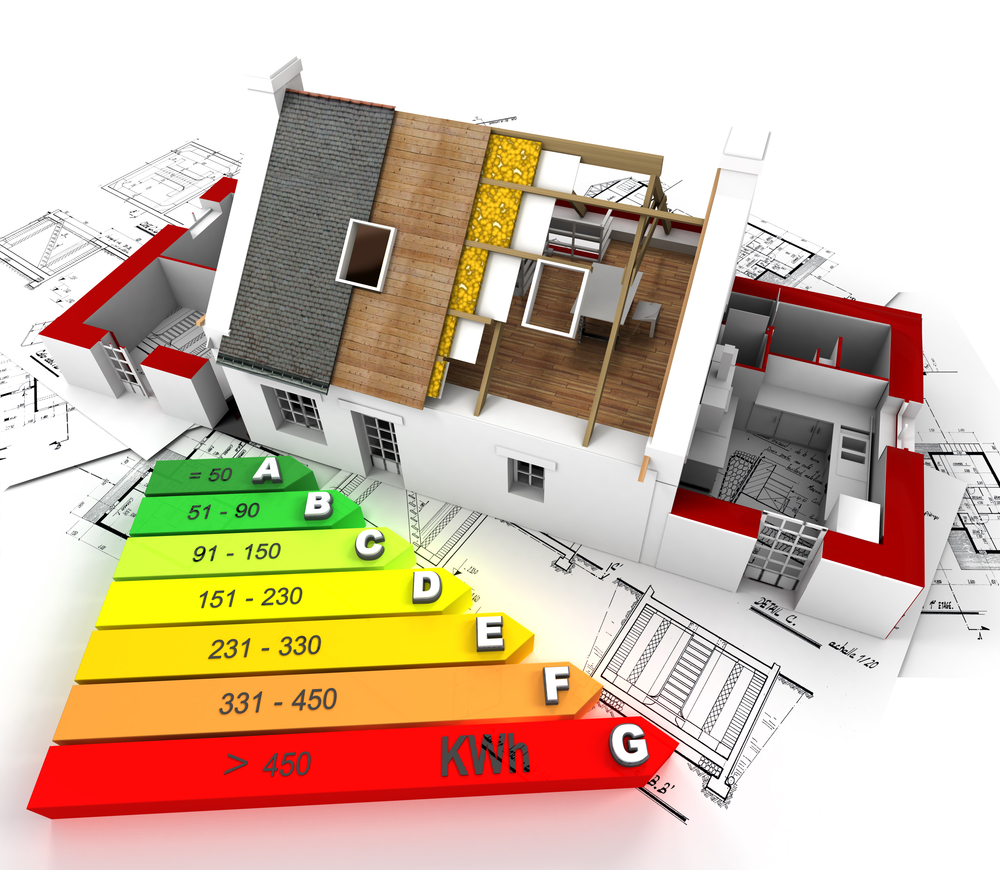A B, C, A+, A++, A+++, what on earth do these ratings actually mean, and how are you meant to decide which appliance to choose with so many different ones on the market claiming to be the most energy efficient?
When it comes to products such as washing machines, TVs, and other ‘gadgets’ there will be a label on the product when you buy it that gives you some key information about how energy efficient, or otherwise, the product may be.

This is useful, but doesn’t mean much if we don’t know how to interpret the information found on these labels.
How do UK energy labels work?
In the UK, energy labels rank a product on a scale between A and G with a colourful bar chart representing the scale.
Products in A are the most energy efficient and products in G are the least.
Pretty straightforward right. Well, sort of, but it is important to consider that there was a major revolution in the use of energy labels in March 2021. Prior to this, the A section of the energy labelling scheme was broken down into multiple different levels itself including A+, A++, and A+++.
This was working OK, until an increase in environmental awareness and improvements in the manufacturing process meant fewer and fewer products were falling outside of the A category.
As standards rose, a product rated A was no longer a market leader, making it difficult for consumers to know what was and wasn’t an energy savvy purchase.
Hence the switch to a A-G scale where an A rating is far more difficult to achieve for manufacturers than it once was.
Nowadays, if you are in the market for a new appliance, and want the most energy efficient on the market, you can’t go too far wrong with a label with an A grade.
What about Windows and doors?
The energy efficiency of windows and doors is measured by something known as U-Values, the scale that is used to measure how well a certain material, or unit works as a thermal insulator.
Both U-Values and energy efficiency rating should be considered when you are choosing the best new window or new door Glasgow.
The lower the U-Value, the less heat will be able to escapes through your windows and doors and the cheaper it will be to heat your home.
The energy ratings produced by the British Ratings Fenestration Council (BRFC) take into account not only the U-Value of the new window or door but also the solar gain and the air leakage.
What is a Home Energy Performance Certificate (EPC)?
An energy performance certificate measure the energy efficiency of the property as a whole, based on how much energy is consumed per square metre.
This is a rating that combines a number of different factors including heating, lighting, appliances, windows, doors, and insulation.
It will also include a section on the recommended improvements that should be made to make the property more energy efficient.